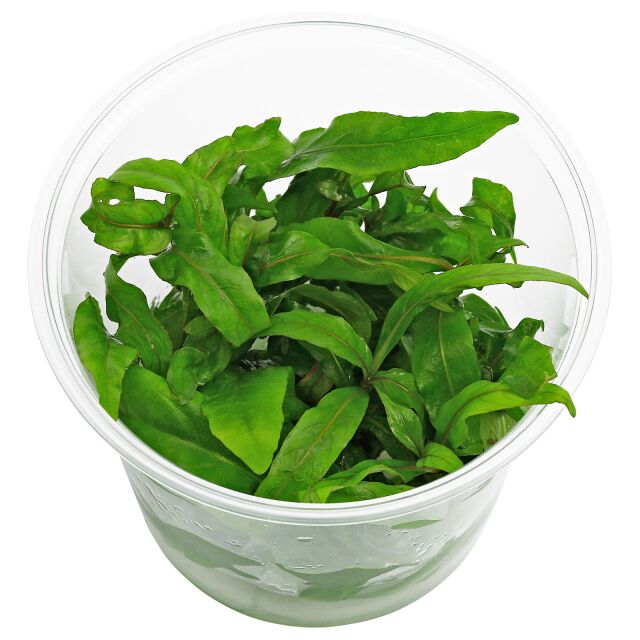Willow-leaf Hygrophila





Hygrophila salicifolia
Willow-leaf Hygrophila
- Large, light green stem plant
- Upright habit
- Up to 15 cm long, narrow leaves
Sign in or Register
Plants of the genus Hygrophila which are cultivated emersedly can occaisonally show small, firm tissue overgrowths ("pustules") on their upper and lower leave side. These are completely harmless and not caused by pest infestation or disease. On newly sprouted submerged leaves these spots will no longer appear.
Item question
We’re here for you!
Please enter your question and e-mail and we’ll contact you as soon as possible. It usually takes us up to 24 hours during business days to respond.
Thank you for your question!
Thank you, we’ll get in touch!
Close window
You already sent us a question.
Please wait a few minutes
Description
The Willow-leaf Hygrophila is native to wetlands in tropical Asia and long known as aquarium plant. It belongs to the Hygrophila ringens group as well as Hygrophila lancea. In its terrestrial (emersed) form, its stems may get about one meter tall, with about 10-15 cm long, 3 cm broad leaves. Light purple flowers may appear in the leaf axils of emersed shoots.
The submerged shoots grow upright and are hardly branched. They look best when they are allowed to reach a height of about 30-40 cm. The firm stem is round in cross section, about 2,5 mm thick, green with red-brown tinge above the nodes, the internodes up to about 4 cm long. The submerged leaves are narrowly lanceolate, medium to light green, to about 11,5 cm long and 1,9 cm wide, with about 7 mm long stalk. Newly appearing leaves at the shoot tip are reddish with light brown-pink midrib. The plant grows moderately fast under aquarium conditions.
Hygrophila salicifolia is not very demanding but needs a good supply with macro- and micronutrients that are also absorbed from the substrate. CO2 addition is not always necessary but enhances its growth. Medium lighting is sufficient. The favourable temperature range lies between about 20 and 28 °C. As well as other stem plants, it is propagated by cuttings. Frequent trimming leads to slower growth and smaller shoots.
With its size, the Willow-leaf Hygrophila is best placed in the background, also in the midground of larger aquariums. It is well suited for "plant streets" in the Dutch style and also Asia-themed biotope tanks. With its light green tones, it contrasts well with red plants. When it is not cut back, it grows out of the water and may show its purple flowers. Hygrophila salicifolia is also interesting as emersed plant for paludariums and Wabi-Kusa.
| Synonyms | Ruellia salicifolia Vahl |
| Complete botanical name | Hygróphila salicifólia (Vahl) Nees |
| Family | Acanthaceae |
| Genus | Hygrophila |
| Difficulty | easy |
| Usage | Background, Midground, Street (Dutch style) |
| pH value | 5 - 8 |
| Temperature tolerance | 18 - 30°C |
| Carbonate hardness | 2 - 18°dKH |
| General hardness | 0 - 30°dGH |
| Propagation | Cuttings |
| Can grow emersed? | yes |
| Source | Flowgrow |
| Synonyms |
| Ruellia salicifolia Vahl |
| Complete botanical name |
| Hygróphila salicifólia (Vahl) Nees |
| Family |
| Acanthaceae |
| Genus |
| Hygrophila |
| Difficulty |
| easy |
| Usage |
| Background, Midground, Street (Dutch style) |
| pH value |
| 5 - 8 |
| Temperature tolerance |
| 18 - 30°C |
| Carbonate hardness |
| 2 - 18°dKH |
| General hardness |
| 0 - 30°dGH |
| Propagation |
| Cuttings |
| Can grow emersed? |
| yes |
| Source |
| Flowgrow |
How many plants do I need?
General information
| Item no. |
|
| EAN | |
| Weight | 0,05 kg |
| Shipping weight | 0,10 kg |
Customers ask customers
You have questions about this product? Ask other customer or our support team about this product!